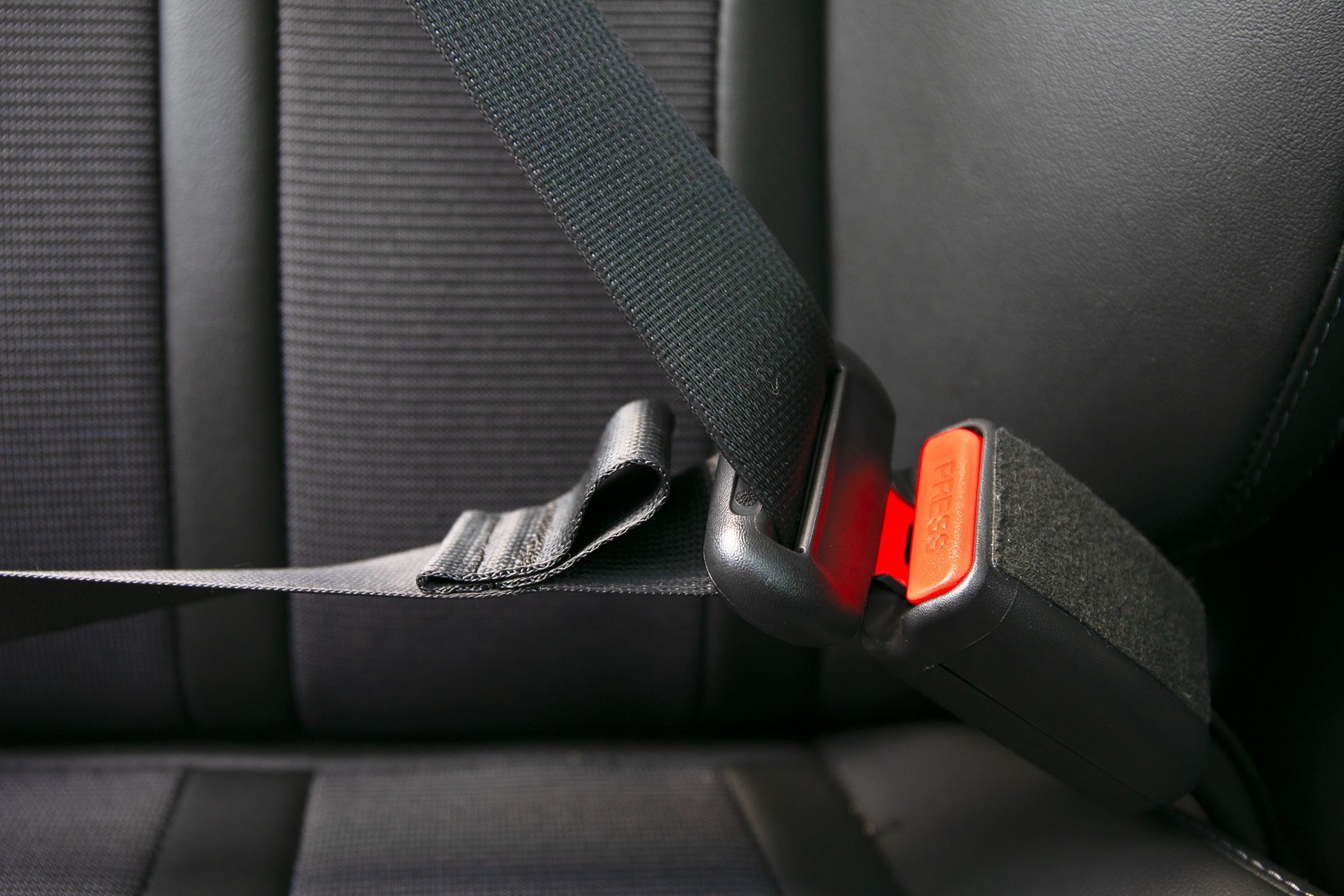Safety Newsletter – February 2023
3 Tips on The Benefits of Wearing Seatbelts
A safety belt, mostly referred to as a seat belt is the most important in-cab safety device that will protect an occupant in the event of a sudden stop or crash. Though some drivers may have excuses for not buckling up, such as thinking the belt is uncomfortable, wearing your seat belt can save your life.
1. Always Wear Your Seat Belt: It is critical that when you are driving, either short distances or on long trips, you should always wear your safety belt. It is also critical that if you have a passenger, he/she should buckle up as well. In case of a sudden stop or crash, a safety belt will keep you secured to the seat, helping prevent injury or death that may occur from you being thrown from your seat into the steering wheel, dash, or windshield.
2. Seat Belts Prevent Ejection from a Vehicle in a Crash: Many people mistakenly believe it’s better to be thrown clear of the wreckage in the event of a crash, but this could not be further from the truth. The fact is that when you are not wearing a seat belt, your chances of being killed are almost 25 times higher if you are thrown from a vehicle in a crash. Seat belts can keep you from being thrown through the windshield, from being dragged and scraped along the ground, or from being crushed by your own truck or another vehicle.
3. Even the Best Drivers Need to Wear Safety Belts at All Times: While good drivers do not usually cause accidents, it is possible that during your driving career you will be involved in a crash caused by a bad driver, bad weather, mechanical failure, or tire blowout. Wearing a safety belt prevents injuries and fatalities by preventing ejection and by protecting your head and spinal cord.
Did You Know? Wearing your safety belt is the law, and violations are subject to monetary fines? Section 392.16 of the Federal Motor Carrier Safety Association (FMCSA) Regulations indicates that a CMV which has a seat belt assembly installed at the driver’s seat shall not be driven unless the driver has properly restrained himself/herself with the seat belt assembly.
7 Truck Driving Safety Tips
1. Watch out for blind spots: Most blind spot accidents occur when drivers are changing lanes. Since rear-view and side mirrors aren’t always effective when checking for blind spots, make sure to look over your shoulders and out the windows when changing lanes.
2. Practice the three-second rule: To avoid forward and rear collisions. This rule states that truck drivers should allow three full seconds to pass between the time the car in front of them reaches a particular spot on the road, and the time it takes the truck driver to reach that same point. The follow time should increase to five seconds in windy or raining weather and ten seconds if roads are icy.
3. Be prepared for emergencies: Road conditions can rapidly change. Make sure to stock your cabs with water, a change of clothes, blankets and a first aid kit in case of unexpected weather conditions or breakdowns. Also, make sure you do a thorough pre-trip of your vehicle and that your gas tank is at least half full.
4. Stay calm, cool, and collected: Road rage is a serious threat to safe driving. Drivers who allow their anger to control their driving put themselves and others at risk for accidents. De-escalate road rage situations by increasing the distance between you and angry drivers.
5. Drive Focused: Distracted driving is the number one cause of accidents for truck drivers. Distractions can range from eating lunch while driving to turning out the window to stare at a billboard. But the most common form of distracted driving is cellphone usage, in particular texting while driving. Being focused on the road and your surroundings can minimize the risk of accidents and injuries.
6. Proper rest and breaks: Always prioritize your safety and the safety of other motorists while on the road by getting plenty of rest before going on the road. Make sure to take your require breaks and additional breaks if you are feeling sleepy or fatigued in any way.
7. Plan the safest route: Make sure to use a GPS that is designed for truck routes. This will not only help you plan the most efficient route for your trip, but it will also help you avoid potential hazards. Consider weather conditions, traffic patterns, bridges, tunnels, and optimal routes for your trips.

